A Photographer Retraces the Coastal Landscapes of Longfellow's "Evangeline"
Mark Marchesi spent several years documenting the emptiness of Acadia, which inspired Henry Wadsworth Longfellow's 1847 epic poem.

The American poet Henry Wadsworth Longfellow never visited the shores of Acadia, Nova Scotia, which he immortalized in his “Evangeline, A Tale of Acadie.” The 1847 epic poem follows the Expulsion of the Acadians by the British, centering on a beautiful young woman named Evangeline and her lonely separation from her beloved Gabriel. Over a century later, photographer Mark Marchesi trekked from his home in Maine — the state where Longfellow was born — to Acadia, to witness the modern presence of this Canadian coastal history.

His Evangeline: A Tale of Modern Acadia is out this month from Daylight Books. With an embossed cloth binding, the lovingly designed book features Marchesi’s series of images from 2012 to 2015, focusing on Acadia’s foggy landscapes, abandoned homes, and surviving farm life.
The book begins with a selection from the beginning of Longfellow’s poem:
This is the forest primeval. The murmuring pines and the hemlocks,
Bearded with moss, and in garments green, indistinct in the twilight,
Stand like Druids of old, with voices sad and prophetic,
Stand like harpers hoar, with beards that rest on their bosoms.
Loud from its rocky caverns, the deep-voiced neighboring ocean
Speaks, and in accents disconsolate answers the wail of the forest.
The photographs that follow are empty of people, echoing the “farmers forever departed” that Longfellow later mentions. In his own text, Marchesi cites the economic depression that has again caused a movement away from Acadia. “The visual narrative I have weaved implies that these conditions have brought on a new migration of Acadians away from their homeland,” he writes in an afterword. “It has been a gradual exodus compared with the Expulsion, but disturbing nonetheless. The decaying Victorian houses, deserted commercial fishing ports, and enchanting primordial landscapes — these are all verses in my own modern tale of Arcadia.”

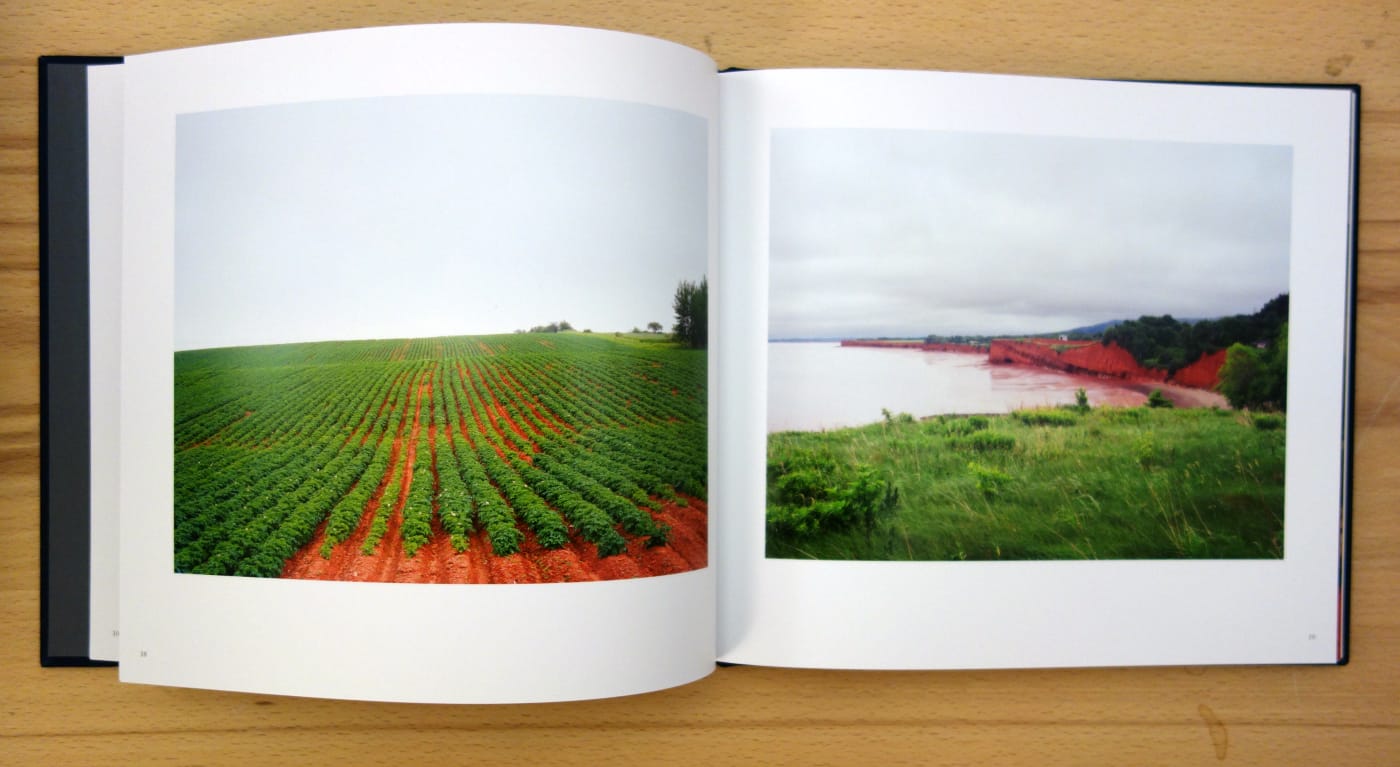
Christoph Irmscher, a University of Indiana professor and Longfellow scholar, notes in a foreword that this emptiness resonates with Longfellow’s verse:
Loss and loneliness have written themselves into the crumbling paint, shattered windows, and broken roofs of abandoned houses; into the docked fishing boats and empty churches, the mist-shrouded bays and darkening clouds that Marchesi’s camera has captured. The sun is setting over these landscapes emptied of human presence, painting them pink with soft despair — a quiet reminder that words alone cannot undo the terrible damage wrought by history.
The monograph concludes with the last stanza of Longfellow’s poem, in which he broods on the few Acadians who have “wandered back to their native land to die in its bosom.” Marchesi’s photographs show that community’s resurgence and its fading again over the following century, and the beautiful atmosphere of that “shore of the mournful and misty Atlantic.”
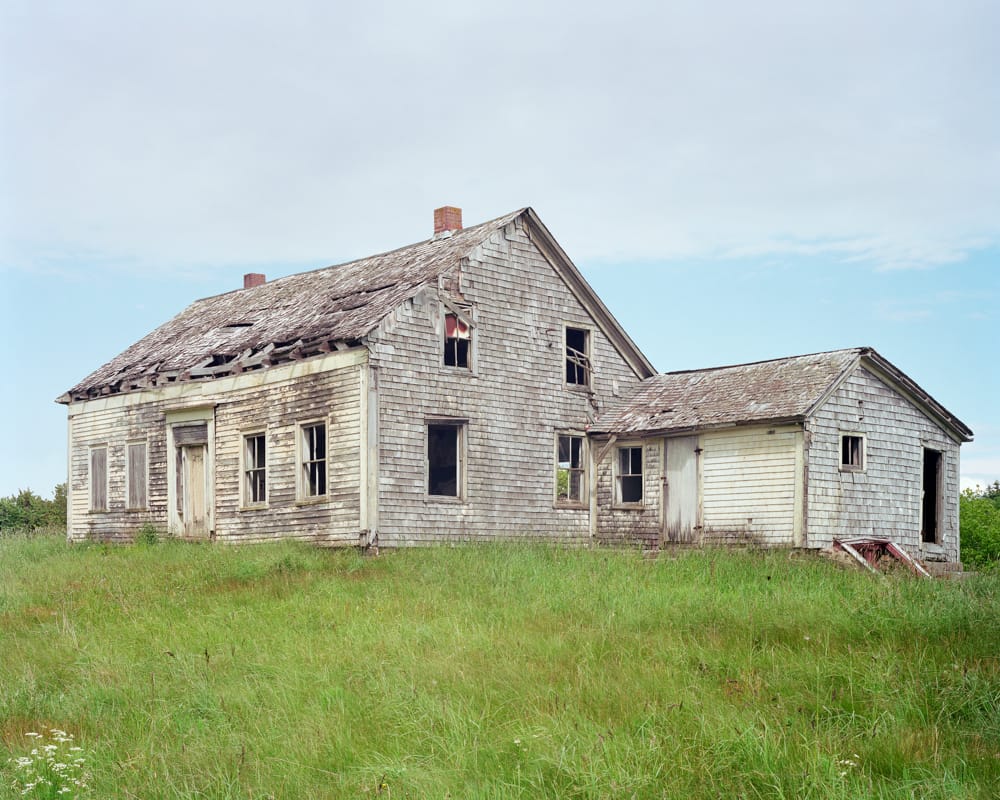
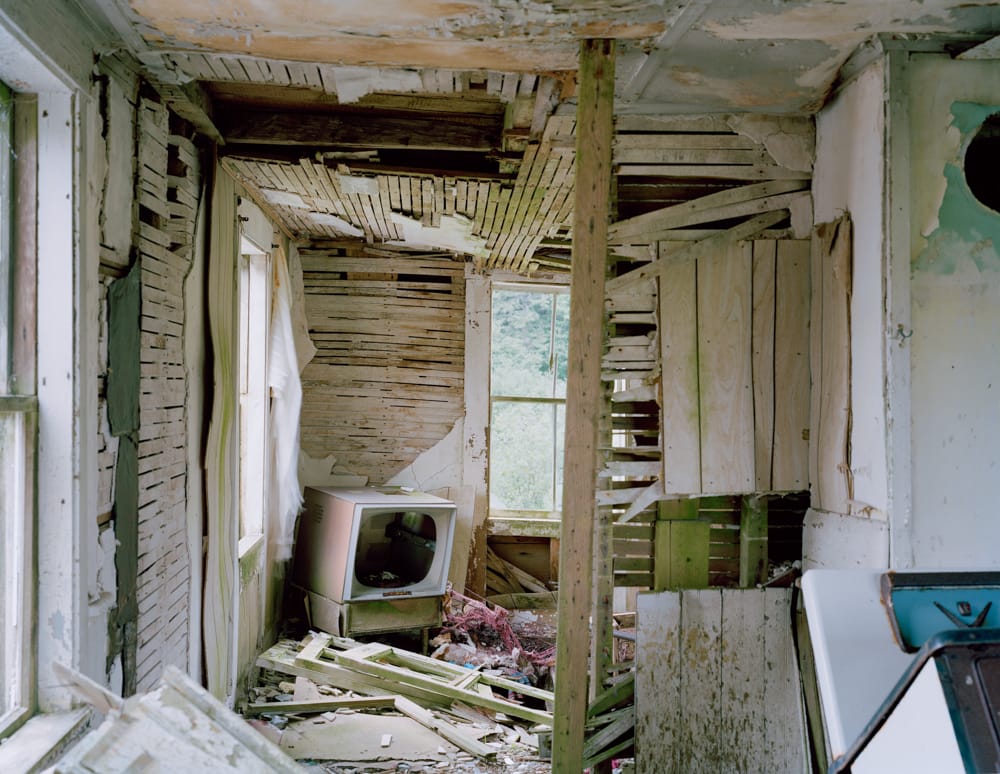

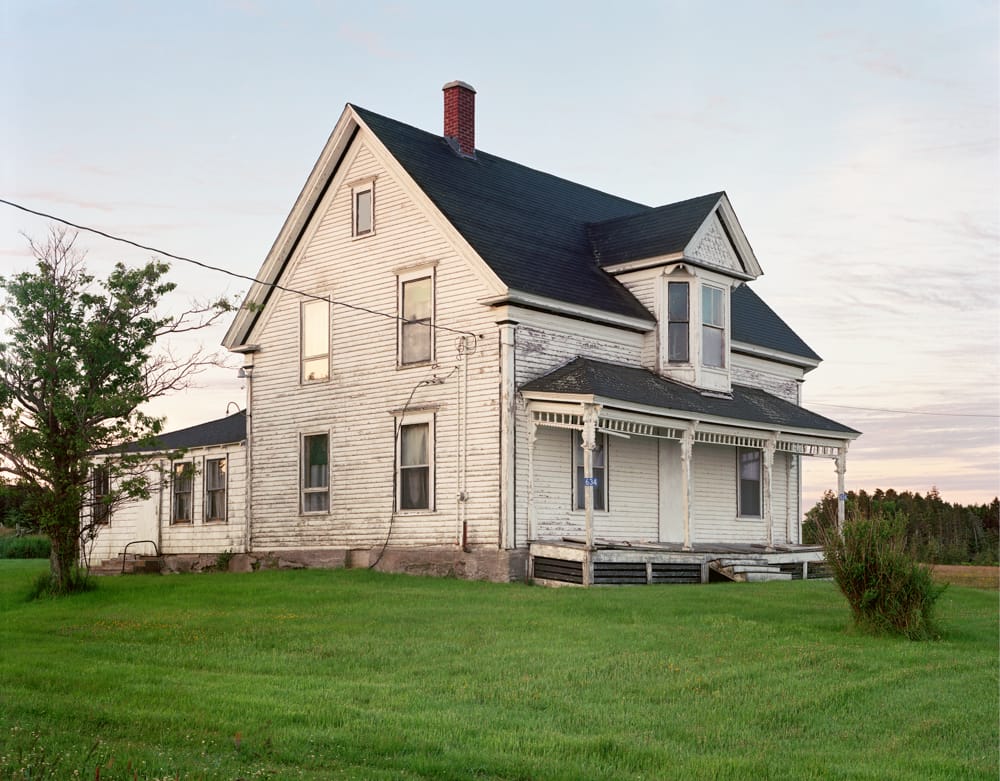





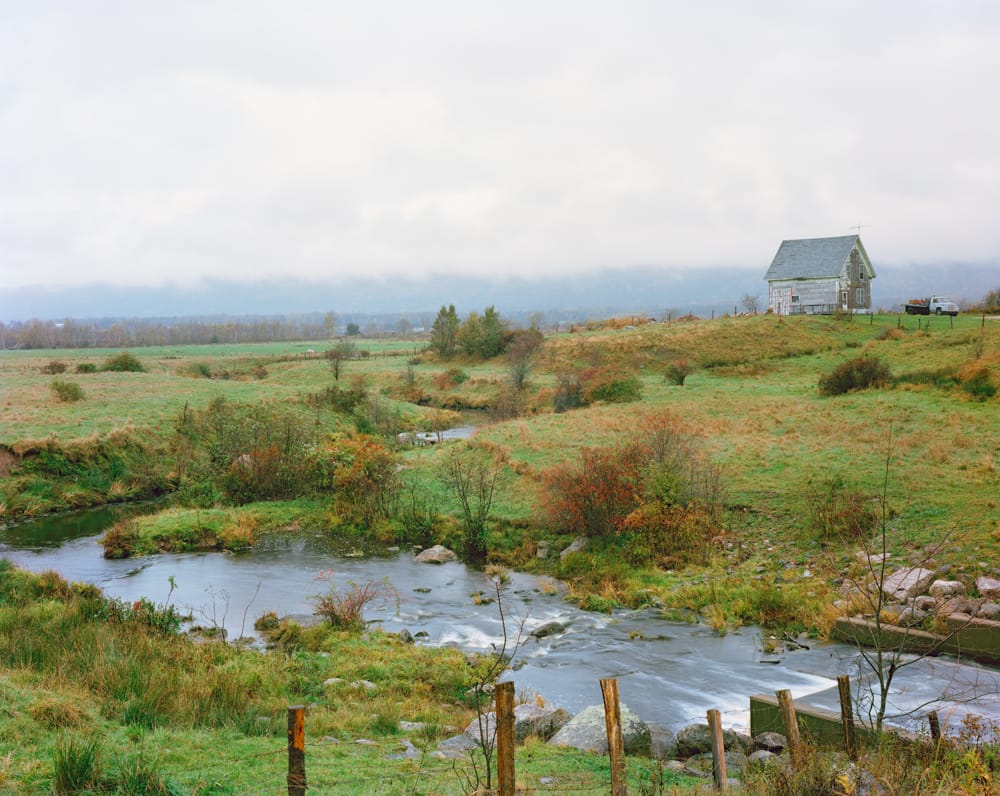
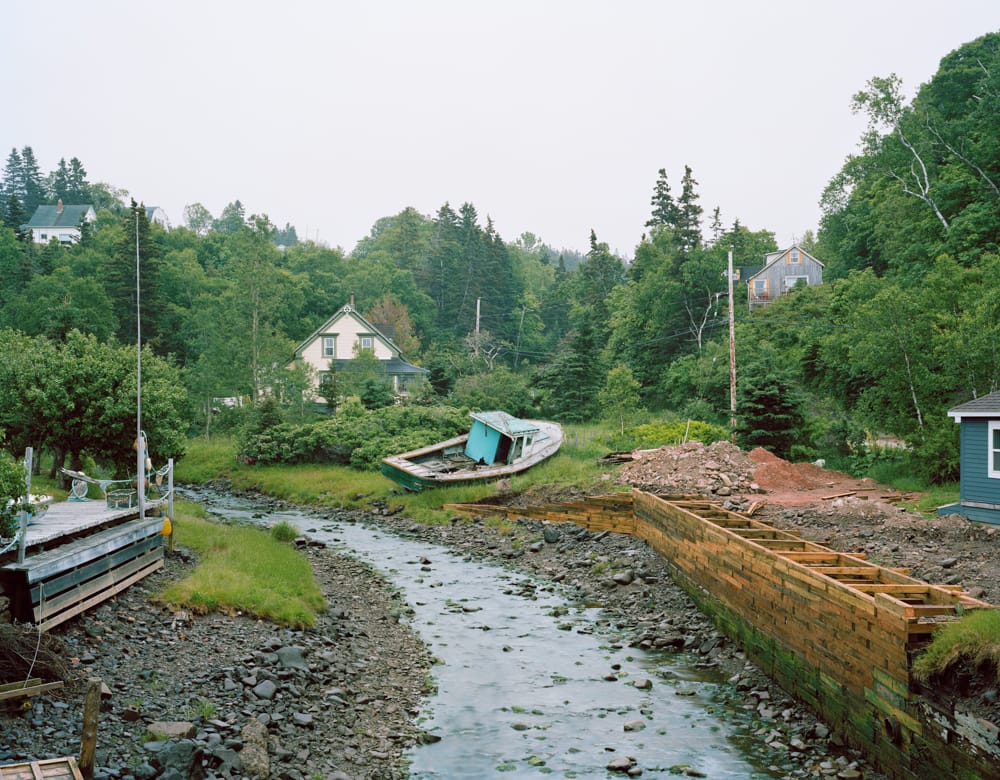
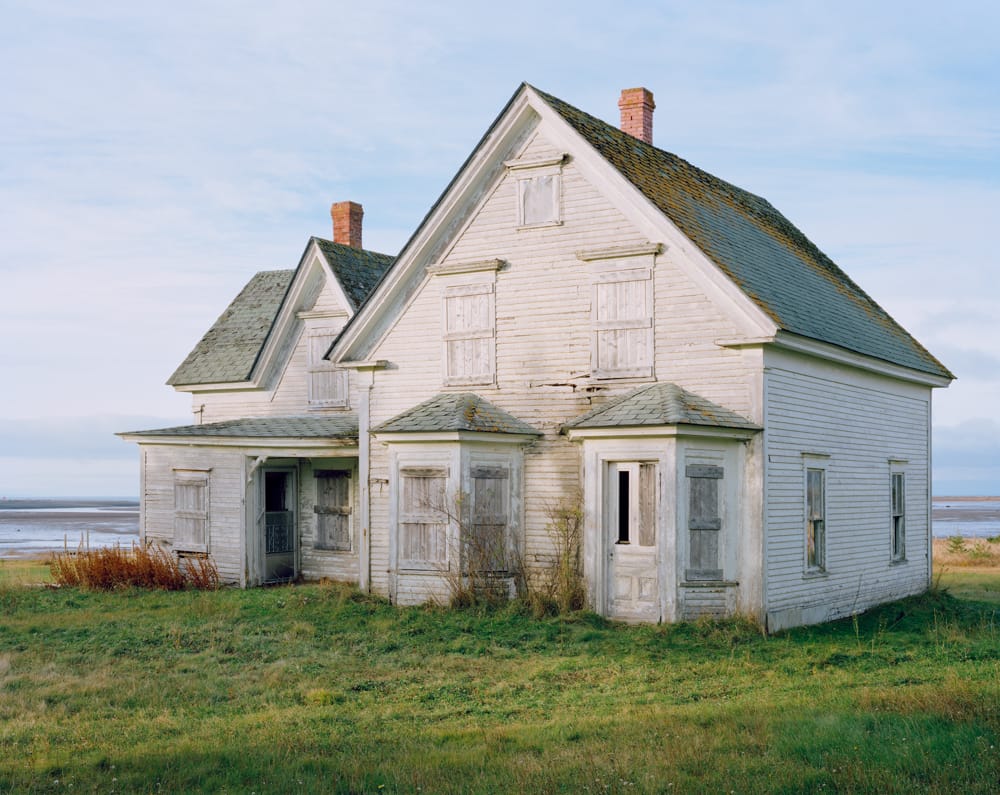
Mark Marchesi’s Evangeline: A Tale of Modern Acadia is published by Daylight Books and available from Amazon and other online booksellers.





